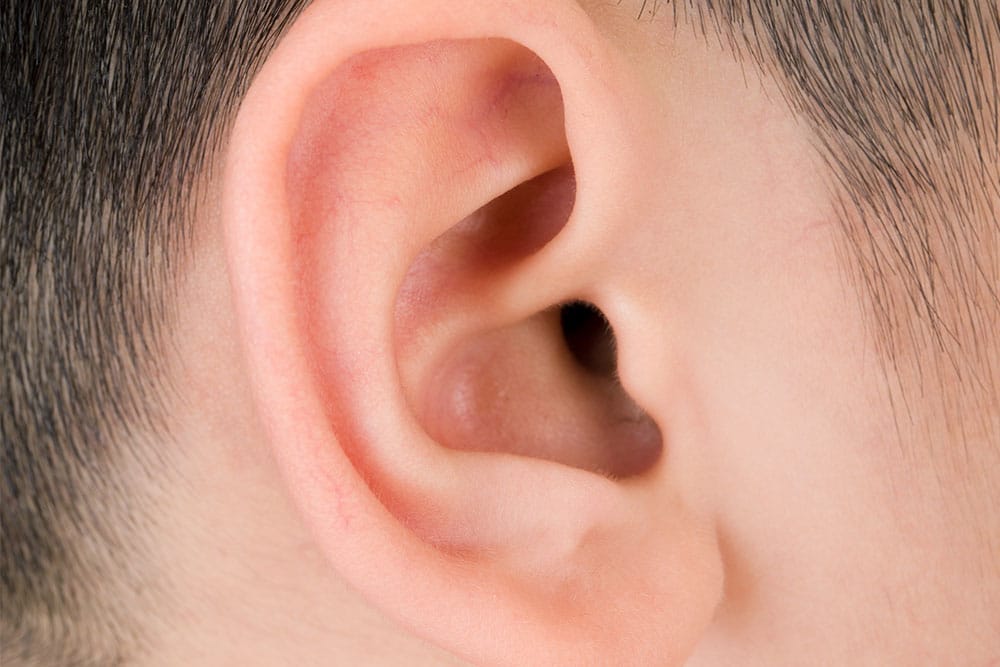Earwax is a natural substance produced by the ear canal that protects the delicate internal structures of the ear from dust, dirt, debris, and helps to prevent infection. It is normal for earwax to be produced and expelled by the ear, and in most cases, there is no need to actively remove it. The human body is designed to carry out earwax on its own in a ‘conveyor belt’ motion through the skin lining of the ears. Earwax naturally falls out or can be wiped away once it reaches the external ear.
However, earwax can sometimes become impacted, leading to discomfort and potential complications. This article discusses how to safely clean ear wax, prevent excessive earwax production, and safely remove earwax when necessary.

How to Safely Clean Ear Wax
It’s important to understand that the only part of the ears that needs cleaning is the exterior. Usually, a daily shower is sufficient to clean this part. For those who work in dusty or dirty environments, wiping around the outside and behind the ears with a damp cloth is also an option.
It is crucial not to clean the inside of your ears. Cotton buds, candles, fingers, and other objects should never be used to remove earwax, as they can push it further into the ear and cause impaction.
Preventing Excessive Earwax Production
There are several factors that can lead to increased earwax production:
- Using cotton buds or other objects to clean the ear
- Wearing hearing aids
- Working in dirty or dusty environments
- Stress
- Having narrow or hairy ear canals
Excessive earwax production can also be genetic. While some factors cannot be controlled, managing stress and avoiding the use of cotton buds and other objects to clean ears can help reduce the risk of excessive earwax.
Recognising Excessive Earwax
If you experience a sensation of fullness or blockage in your ear, accompanied by hearing loss, it may be a sign of excessive earwax. Over time, you might have moments of relief due to jaw movement creating temporary gaps in the wax blockage, but it usually comes back together. Other symptoms of excessive earwax include:
- Tinnitus (ringing in the ears)
- Itching
- Pain
- Discharge
- Odour
- Cough
Removing Ear Wax Safely
The safest way to remove earwax is with the help of a professional. The only recommended home method is earwax softening drops, but these should only be used if your eardrum is not perforated and you have never had ear surgery. These drops work by softening earwax so it can fall out naturally.
Professional earwax removal methods, such as micro-suction and curettage, are the safest and most effective ways to remove impacted earwax. At Earworx, experienced Registered Nurses use micro-suction to safely and gently dislodge and remove earwax blockages. Micro-suction involves the use of small instruments combined with gentle suction to remove earwax under direct observation. The relief is almost immediate, and you will be provided with information to prevent future earwax impaction.
If you experience unresolved symptoms following earwax removal, it is important to consult a medical professional. At award-winning Earworx, we prioritise your ear health and provide safe, effective, and reliable earwax removal services.
Contact us today to learn more about our services and to book an appointment at your nearest Earworx clinic. Your ear health is our priority, and we’re here to help you hear and feel better, one ear at a time.
